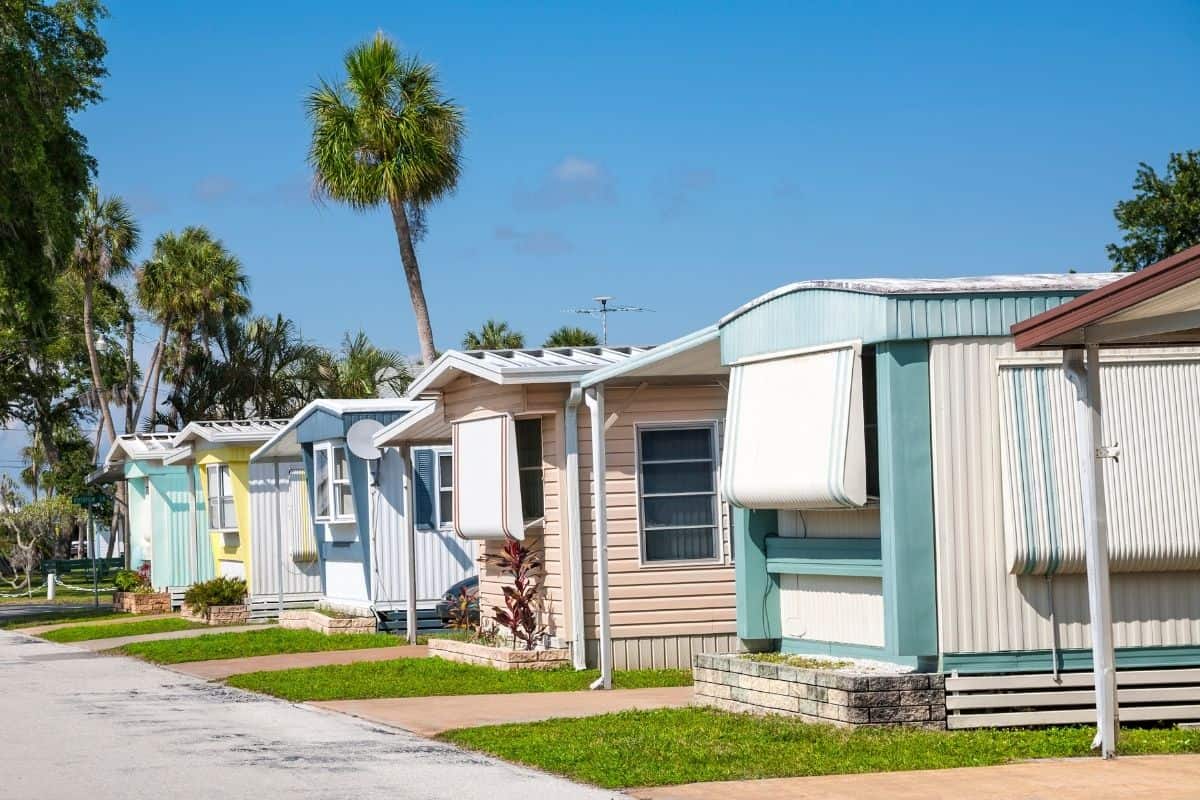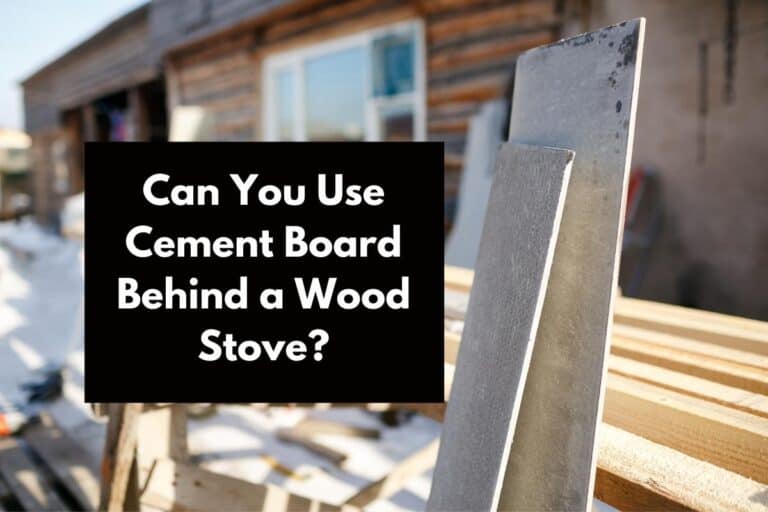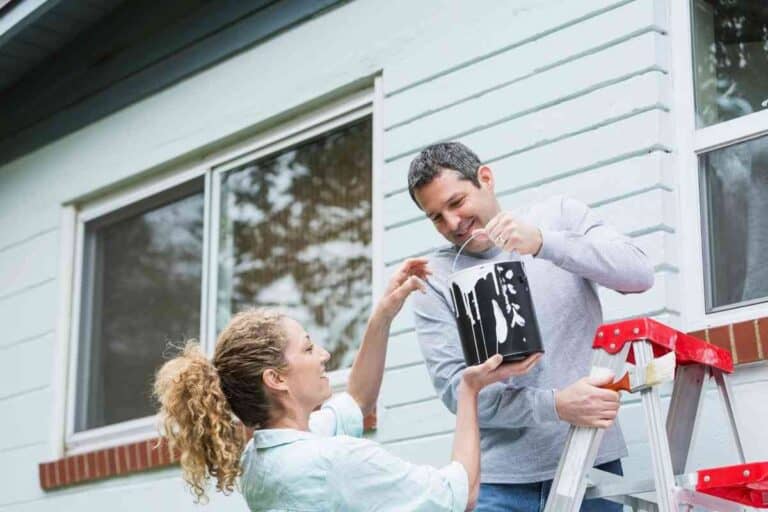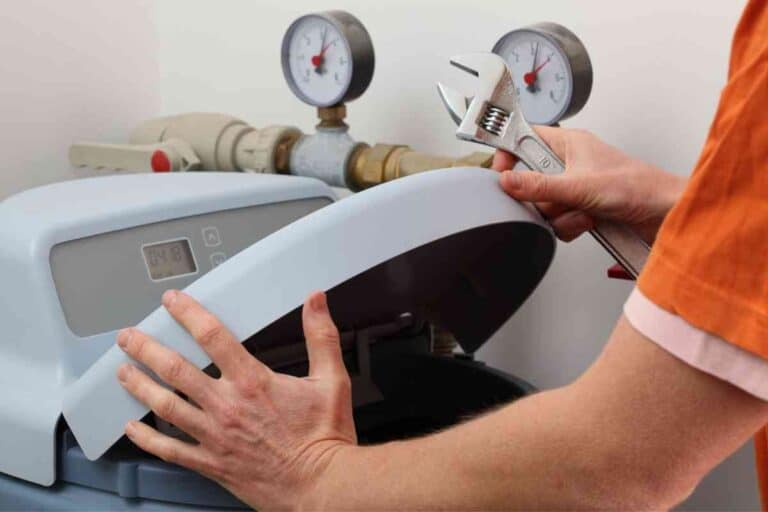Can a Mobile Home Withstand 100 Mph Winds? (Details to consider)
Mobile homes do not fair well in windy areas. These homes do not have a permanent foundation, and they may also not have the same structural strength as homes classified as real property. But can these homes withstand a hurricane?
Can a Mobile Home Withstand 100 Mph Winds?
Yes. A mobile home can withstand 100 mph winds or more if built for Wind Zone II or Wind Zone III. Any homes built for Wind Zone I can only withstand winds of up to 70 mph.
Mobile homes built for normal wind conditions can only withstand winds of up to 70 mph. These are the homes with low wind resistance and will be totally destroyed when winds exceed that speed. However, a home built for windy areas can withstand winds of up to 110 mph.
Mobile homeowners, therefore, need to know the zone their house was built for. Because of the unpredictable nature of the winds and the weather today, it is important that those looking to buy a mobile home get one that is rated to withstand strong winds.
Read on to learn more about mobile homes and the wind speed they can withstand.
How Much Wind Does It Take to Destroy a Mobile Home?
In most parts of the country where hurricanes are not expected, manufactured homes can withstand winds of up to 70 mph. Stronger winds will destroy these homes completely.
There are housing guidelines that determine the minimum wind that a mobile home should withstand. If a home does not meet these guidelines, it is considered a hazard to the occupants of that home and the mobile home community. This means that for a mobile home to get approval, it needs to be up to set building codes.
The regulations differ based on the strength of the wind where you live. People who live in high wind zones need mobile homes with extra reinforcement. For all areas, however, the home should be able to withstand winds of up to 70 mph, what is known as Wind Zone I or “normal” wind areas.
• Homes built for Wind Zone II can withstand winds of up to 100 mph
• Mobile homes designed for Wind Zone III can withstand winds of up to 110 mph
You can find out what zone your home was designed for by looking at the data plate that came with the home. If the data plate is not available, check the serial number on the HUD tag. The HUD tag is also known as the HUD certification label.
Use the serial number on this label to look up the classification of the home.
A manufactured home can withstand winds of up to 150 mph (category 4 hurricane) with the right modifications. Using the right doors and windows and a couple of reinforcements can help reduce the damage that a hurricane can cause. For instance, you can use pressure-rated windows to withstand gusts of strong wind.
What Does 100 Mph Winds Do to a House?
Winds blowing at 100 mph are classified as category 2 hurricane and can cause total damage to a home not designed to withstand more than 70 mph winds. These winds are strong enough to uproot a tree and interfere with the power supply, causing an outage in an entire area for several weeks.
Such winds can blow off roofs, sidings, and other parts of the property. If there are trees around the house, the damage can be severe as the wind can fell the trees. The wind is strong enough to lift up a car, so any debris around the house might be blown up causing more damage to the home.
You need to keep the area around your home clear of debris that can be blown up by the wind. You also need to ensure that the nearest tree to your house is more than a few meters away. This way, if your home is built to withstand the wind, it will be protected from debris, and you will be safe.
What Wind Speed Will Destroy a House?
Manufactured homes are tested to withstand winds up to a certain level. However, this is still not a guarantee that your home will be safe from high winds and damage from storms. A home is still not safe if a tree falls on it or a car is blown and hits the siding of the home.
The HUD certification of a home holds it to a standard. This certification reduces the risk of damage to homes to keep a mobile home community safe. However, these homes deteriorate over time, necessitating the need for repairs and replacement of parts.
A home that was built more than 10 years ago will be more prone to wind damage than a home built a year ago. That said, Wind Zone I mobile homes can still get damaged from winds at speeds less than 70 mph, especially if they are old and not well-maintained.

Winds of 100 mph will damage Wind Zone I homes and those in Wind Zone II and III that are not well-maintained. For mobile homes built before 1976, even the slowest wind speed can still destroy them.
You can make your mobile home safer through some modifications and reinforcements. Add wind-resistant windows and doors and adjust the roof angle to make it more aerodynamic for strong winds. If you are buying a new mobile home, pick one that is rated for Wind Zone III – this way, it will serve you well even when it is older.
How Do You Hurricane Proof a Mobile Home?
Your mobile home may not withstand very strong winds. Even then, you need to be sure that the home is ready for the windy season.
You can start with tie-downs. Your mobile home needs to be anchored well on the ground. Not securing your home properly can put you and other members of the community in danger.
The nature of the tie-downs will depend on the size of your home, its weight, and the materials used to construct it. You should follow the manufacturer’s instructions when using tie-downs on your manufactured home.
The next step is to clear the surroundings. Your home may be ideal for the wind zone, but other structures around the home may not be secure. These structures and items include carports, awnings, porches, trees, and many more.
You need a professional to assess the safety of attached structures in your mobile home and see if they are safe to be around it. If a structure is not safe, you need to remove it or reinforce it so it withstands strong winds.
You also need to know your zone. There are different zone classifications, starting with Wind Zone I, II, and III. You need to understand the wind speeds in your area to know the best zone rating for your home.
Note that, the HUD zone ratings are for modern homes. If your mobile home was manufactured before 1976, the wind zones may mean anything to such a home.
When you hurricane-proof the home, take care of the windows and the gutters. Cover the windows and clean the gutters so that the water will have somewhere to go.
Closing Thoughts
During a hurricane, you expect things to be flying around. Your home may be secure but the surrounding may not be secure for the home. In times of a hurricane, nothing should be left unsecured.
If your area experiences strong winds of more than 100 mph, it is not safe to stay in a mobile home as the winds rage. You can do some modifications to make a mobile home safer, but it might not be the safest place to be in times of unpredictable hurricanes. You expect the winds to cause an area-wide power outage and cause damage to the surroundings, so seek refuge in safer areas locally.


![How Long Do Brita Filters Last? [A Quick Answer!]](https://freedomresidence.com/wp-content/uploads/2022/05/How-Long-Do-Brita-Filters-Last-1-768x512.jpg)



